Near the middle of the 20th century, towards the close of WWII, a paradigm shift of Postmodernism manifested throughout Western Europe and North America, affecting ideologies of culture, science, politics, and art. In Western philosophy, Postmodernism represents a shift in societal understanding “characterized by broad skepticism, subjectivism, or relativism…” or a general questioning of the role that ideology plays in “asserting and maintaining political and economic power.”
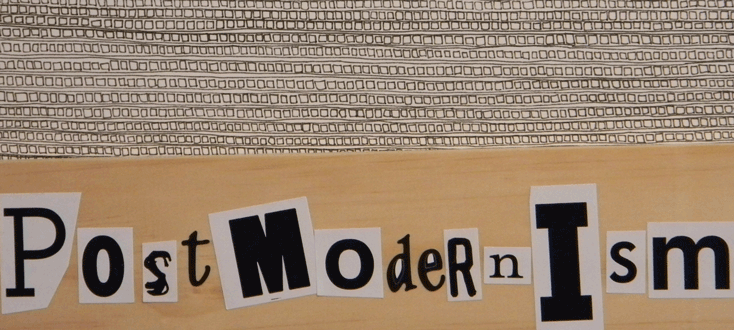
In art, Postmodernism manifested as a reaction to earlier modernist attitudes. Modern art gained significance after the Industrial Revolution. As a movement, it sought to continually seek new moral understandings and expressions of what art could be through the development of mediums and aesthetics such as photography, film, collage, and multi-media sculpture. While Modernist art was radical and progressive, it was also bound by specific ideologies.
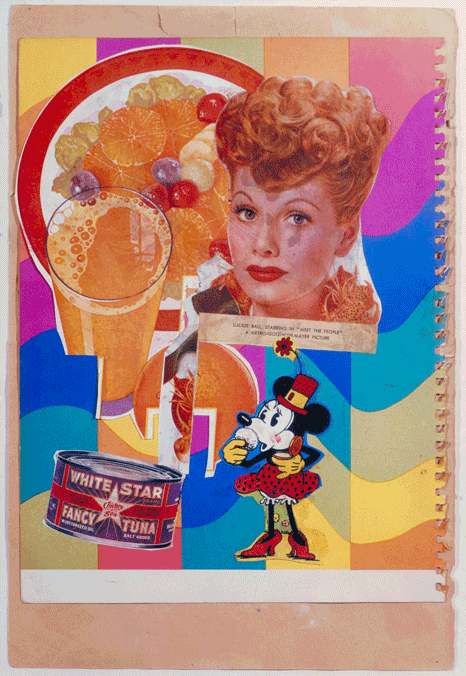
As The Art Story Foundation states, “Postmodernism is distinguished by a questioning of the master narratives that were embraced during the modern period,” and it puts focus on the importance of critiquing societal structures, beliefs, and actions. According to the MoMA in New York, the main characteristics of Postmodern art “include anti-authoritarianism, or refusal to recognize the authority of any single style or definition of what art should be; and the collapsing of the distinction between high culture and mass or popular culture, and between art and everyday life.” Artists began to respond to new writings by Postmodern theorists like Roland Barthes, Jacques Derrida, and Jean Baudrillard. Postmodern shifts in thinking and art-making led the way for the development of various aesthetic movements, including conceptual art, performance art, appropriation art, institutional critique, and identity politics. Although different, these forms highlight the ability for art to be used as a tool to question, critique, and contemplate conditions of life and existence.
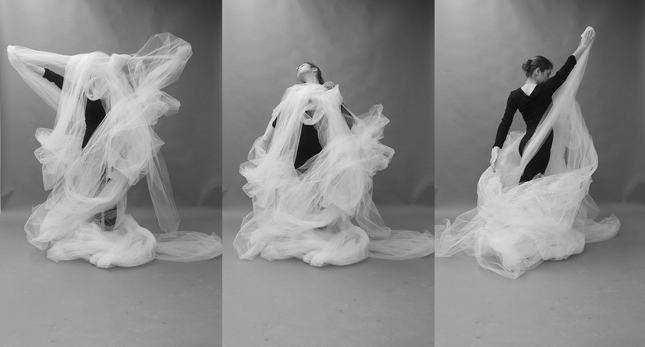
In 1977, the ground-breaking arts practitioner Douglas Crimp organized the exhibition titled Pictures at Artists Space Gallery in New York. The exhibition included the work of artists Troy Brauntuch, Jack Goldstein, Robert Longo, Philip Smith, and Sherrie Levine. David Evans argues that these five artists “caught the attention of Crimp because of a shared interest in the photographically-based mass media as a resource to be raided and re-used” (12). Each was an appropriation artist who “to varying degrees… appropriated images from popular culture…” to create multi-media works which included short films, fluorescent paintings, photographs, and colourful album covers.
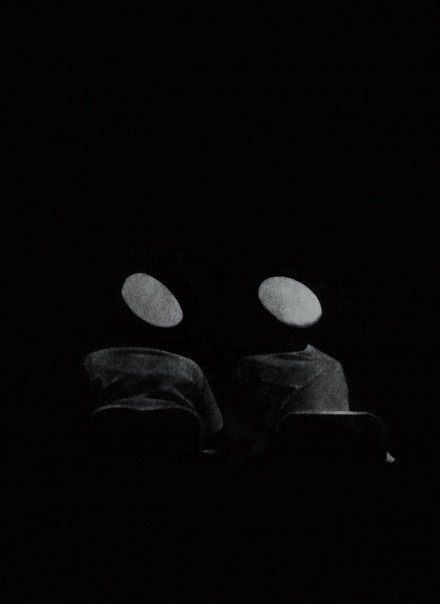
For Crimp, the title of the exhibition, Pictures, accurately represented the nature of Postmodern art as art that was not bound to a specific standard or medium (Evans 76). The word “picture” is ambiguous and non-specific because it refers to an image of any medium, and can be photography, illustration, painting, or something else entirely(76). In a 1979 essay, Crimp states that he and these artists are in search of a picture’s “structures of signification,” further expressing that, “underneath a picture there is always another picture” (78). These ideas are similar to the French philosopher Roland Barthes whose writings heavily influenced this era of artistic practice. Barthes 1967 manifesto, The Death of the Author challenged the concept that the meaning of a text, image, or artwork originates with the singular source of an author. According to Barthes, artworks do not emit fixed meaning from a singular voice, but are instead “a tissue of quotations” that are always referencing an artwork that came before. The Pictures artists aimed to consider the meaning behind images, ideas, and artworks by questioning the concept of originality. They sought to consider how images and ideas operate, speak, and circulate when they are altered, recreated, or continuously mediated.
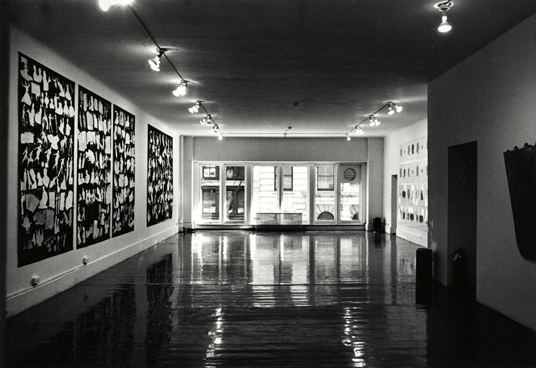
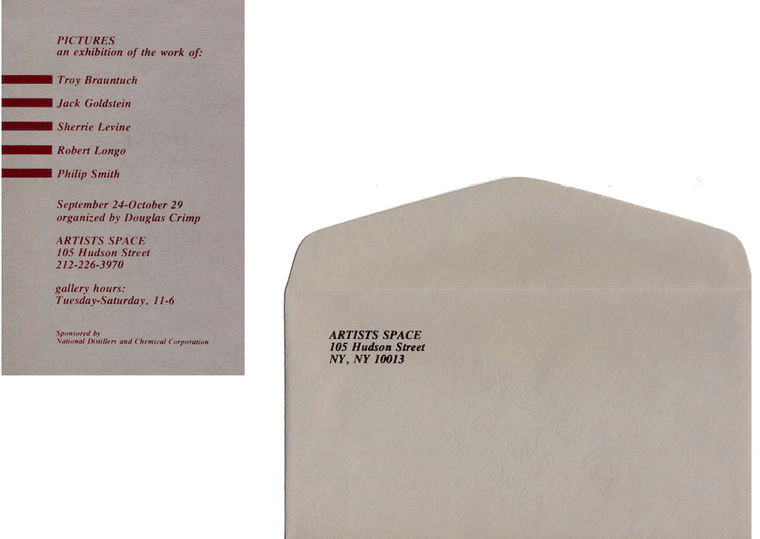
Throughout the 1970s, handfuls of artists working across America, now known as the Pictures Generation, were producing art along the same line as those included in the exhibit. According to Martin Dean, “The majority of the artists who comprised the Pictures Generation grew up through the 1960s, an era which saw a rapid growth of consumerism and the explosive proliferation of associated imagery.” Douglas Eklund argues that these artists were born into “a sea of images,” constituted by unprecedented exposure to media culture, television, movies, and magazines. In addition, across the world, the 1970s saw the popularization of media culture accompanied by historical, political, social movements, “from the sexual revolution to race riots and assassinations.” The influx of imagery at the Pictures Generation’s fingertips and the social uncertainties that circulated society combined with the Postmodern philosophies of thinkers such as Barthes’ to inspire these artists to consider appropriation and practices of what constituted art. Furthermore, “the Pictures Generation examined the effects of recurring images in mass media and their role as the mediators of meaning for the post-Vietnam generation.”
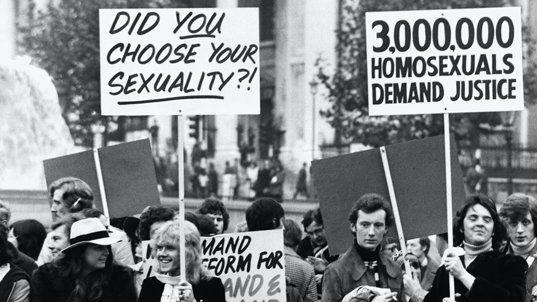
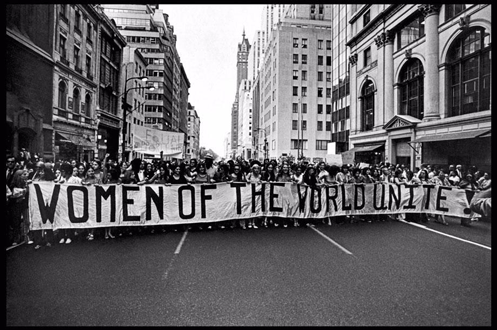

Even though the original Pictures exhibition showcased work by a majority of male artists, and the Pictures Generation followed the work of both male, female, and queer artists, with several of the most prolific artists of the era identifying as women. Today, Sherrie Levine, Cindy Sherman, and Barbara Kruger are some of the most recognizable appropriation artists. Each uniquely used image manipulation to reframe the narratives and representation of women in media culture.
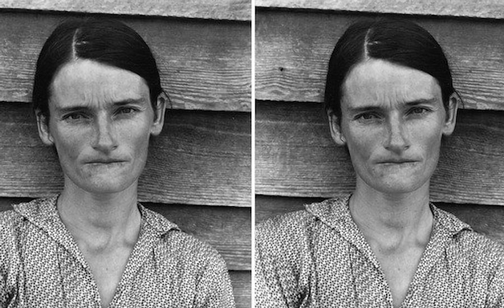
Sherrie Levine, the only female participant of the Pictures exhibition, is known for directly re-photographing or re-creating the work of modernist artists and early American street photographers. Her series After from 1980 includes the reproduction of photographs taken by Walker Evans and Edward Weston. In a similar vein, Cindy Sherman is widely acknowledged as a leading contemporary artist who crafts performative images of herself. For decades she has assumed “multiple roles of photographer, model, makeup artist, hairdresser, stylist, and wardrobe mistress,” to situate herself in photographs that re-created representations of female identity in media referencing images from films, television, magazines, and visual culture. Barbara Kruger’s appropriated artworks are readily recognized images in popular culture. She co-opts images sourced from American print-media with graphic quotations of phrases that are “ongoing political, social, and especially feminist provocations and commentaries on religion, sex, racial and gender stereotypes, consumerism, corporate greed, and power.”
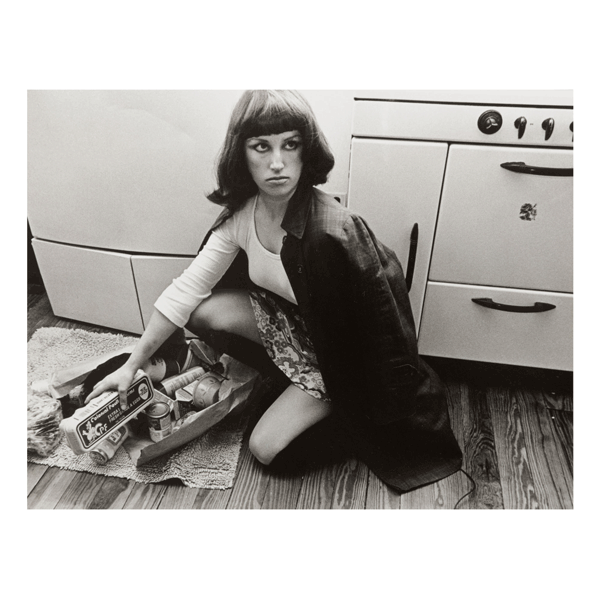
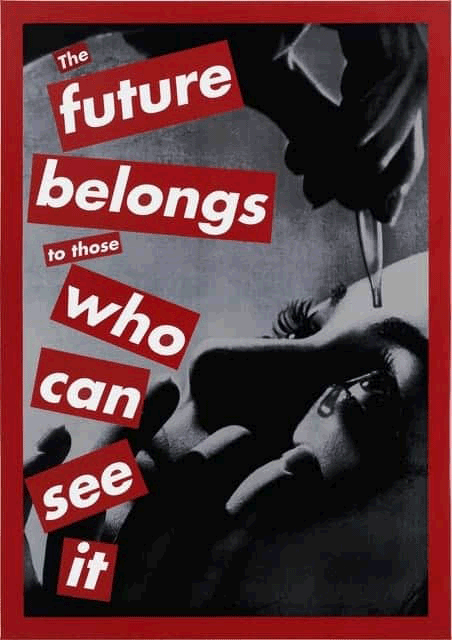
Levine, Sherman, and Kruger have assumed positions of influence within the canon of art history. This excellence is in part due to their feminist practices, but also because they introduced new ways of defining authorship and gestured towards the importance of critiquing standard consumptions of media. In 1986, Levine made the following remarks about her practice as an artist, “As a woman, I felt there was no room for me. There was all this representation, in all this now painting, of male desire. The whole art system was geared to celebrating these objects of male desire. Where, as a woman artist, could I situate myself?” For these artists, using appropriation became a method of reclamation. By sourcing material from an endless visual culture where images of women were created by, made for, and representative of men, these artists regained control of their own narratives, setting a precedent for how art and media should exist. They also developed new considerations about the kind of conversations art should elicit. Appropriation became an inevitably feminist tool and a way for these artists to continually and fervently critique society as well as the canon of art.
